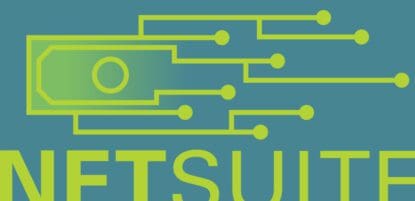Many companies, regardless of their size, have accounts payable issues they don’t even realize, and therefore don’t know how best to boost their overall efficiency. Among the biggest potentially invisible drags on AP processes is the kind of manual entry mistakes employees – regardless of how thorough and diligent they are normally – make over time. There are real costs to dealing with manual AP entry mistakes that, if addressed properly – often through the use of AP automation – can go a long way towards reinforcing the bottom line for any company.
Businesses that have a need to make the AP process simpler and quicker often face the same kinds of manual entry mistakes over and over, and this can lead to significant issues. A certain margin for error is likely unavoidable – on some level that’s the cost of doing business – but automating AP can significantly reduce mistakes, especially if your company regularly sends checks to vendors.
It’s important for businesses to understand a handful of the simple mistakes employees make that lead to AP mishaps, and the ways automation may help them avoid those issues going forward:
1) Overpaying and paying more than once
The greater the visibility your company has for any documents related to the AP process, the more likely you will be to catch mistakes related to outgoing payments, whether your company sends checks for the wrong amount of money or sends more than one check for the same order.
These kinds of overpayment/redundant payment mistakes often happen as a result of lack of effective communication, whether between individuals or entire departments. But with accounts payable automation, the time it takes to accurately turn around invoices can be reduced by potentially dozens of hours in certain situations, thanks to greater visibility and ease of processing, according to a recent MineralTree case study. That, in turn, allows companies to avoid mistakes, which, while fixable, take precious operational time to remediate.
2) Lack of organization
Too often, a lack of attention to detail happens because companies don’t have the policies in place to make sure all such documents are examined by multiple parties. With manual accounts payable processes, that can be inefficient and time-consuming, and still may not catch every error. When companies are dealing with hundreds or even thousands of invoices, both physical and electronic, manual entry won’t always get the job done.
Laying out clear guidelines for how the AP process should work will go a long way for any company looking to boost their AP efficiency and free up employees’ time for other tasks. In many cases, such a switch redirect save dozens of man hours per week all by itself, a separate MineralTree case study found.
3) Failure to catch discrepancies
One of the other issues that often leads to manual entry errors is the sheer volume of paperwork professionals have to deal with. When comparing physical invoices, internal documents and checks to be sent out, the potential differences in the information on these documents can vary in small ways that aren’t always immediately identifiable. With an automated process, a lot of that danger simply goes away, and any potential discrepancies are much easier to spot going forward.
The primary benefit making your company’s accounts payable paperless is many of the above common missteps become far less frequent or are totally eliminated, saving companies both time and money, as well as potential headaches. When you want to avoid invoice processing errors, and the issues that lead to them, switching to an easy, automated AP process is a great first step. Get in touch with MineralTree today to request a free AP automation demo designed to help you identify areas of improvement.



